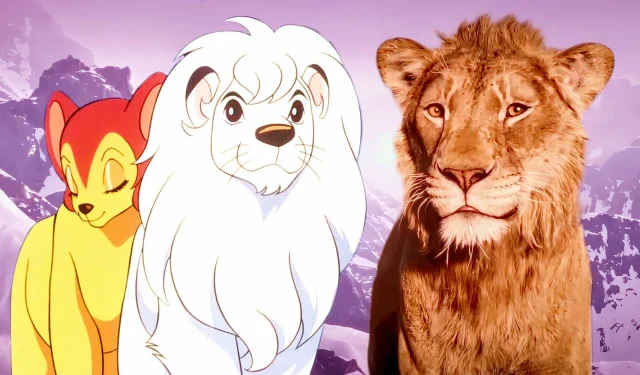
Warning: This post contains spoilers for Mufasa: The Lion King.
The recently released Mufasa: The Lion King draws attention to a controversial aspect surrounding the original 1994 film. While some have dismissed the prequel as unnecessary, early reviews commend its stunning animation, poignant soundtrack, and an innovative narrative that enriches the canon of The Lion King. In a similar vein to Simba’s Pride, this film delves into Mufasa’s lineage and family dynamics, emphasizing the complex relationship between Mufasa (voiced by Aaron Pierre) and Taka (portrayed by Kelvin Harrison Jr.), who later becomes known as Scar.
Interestingly, the main antagonist is not Scar, but rather a merciless outsider named Kiros (voiced by Mads Mikkelsen). Kiros aims to eliminate all lion kings to claim dominance over the animal kingdom. In a climactic showdown, Mufasa confronts Kiros, ultimately securing his status as king of the Pride Lands by protecting the creatures of Milele from this tyrant. The introduction of Kiros and his all-white pack in the trailer ignited considerable discussions, with some noting similarities between him and the central character from Osamu Tezuka’s famed anime.
Understanding The Kimba Controversy
Debunking the Myths Surrounding The Lion King and Kimba
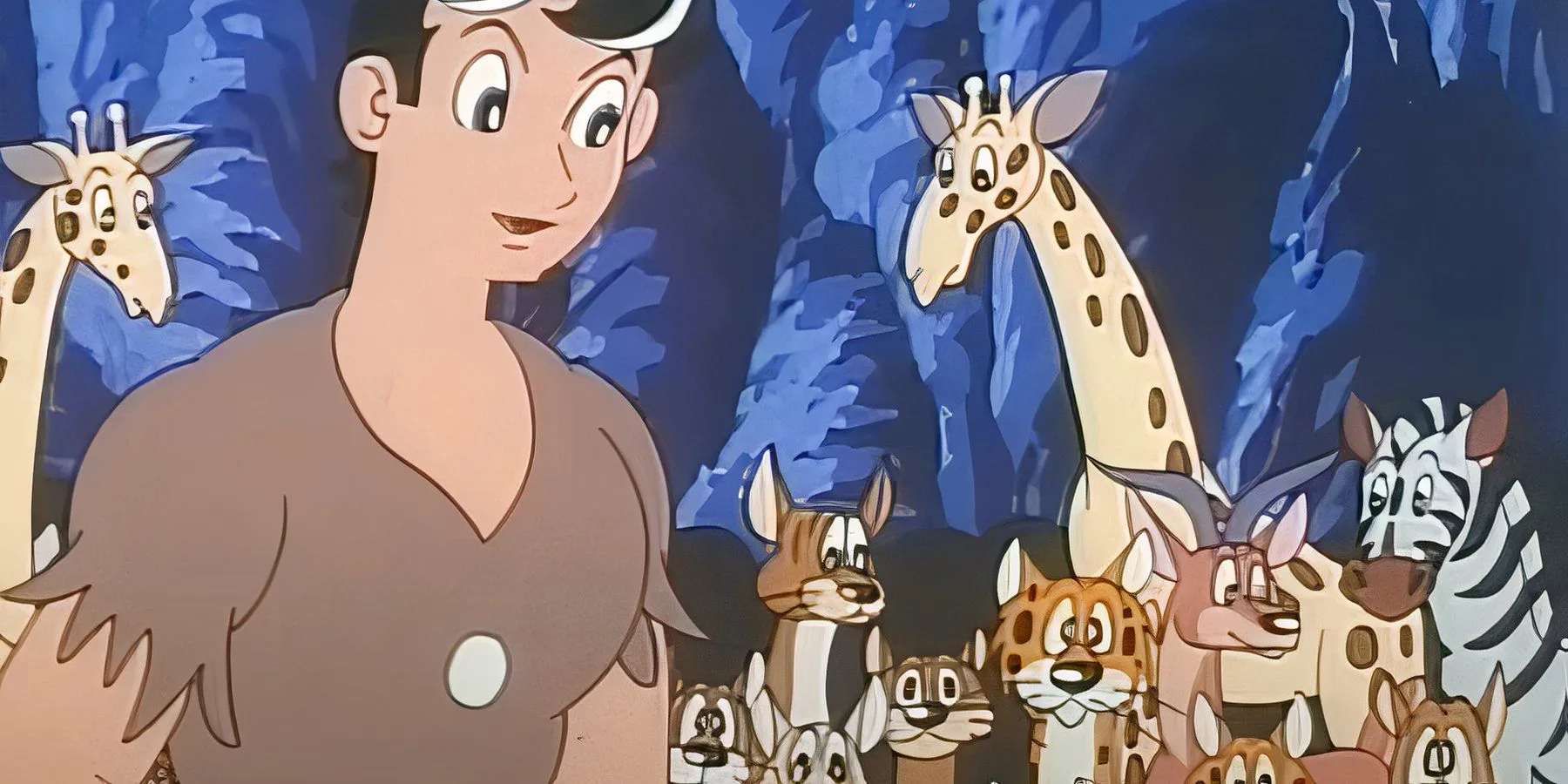
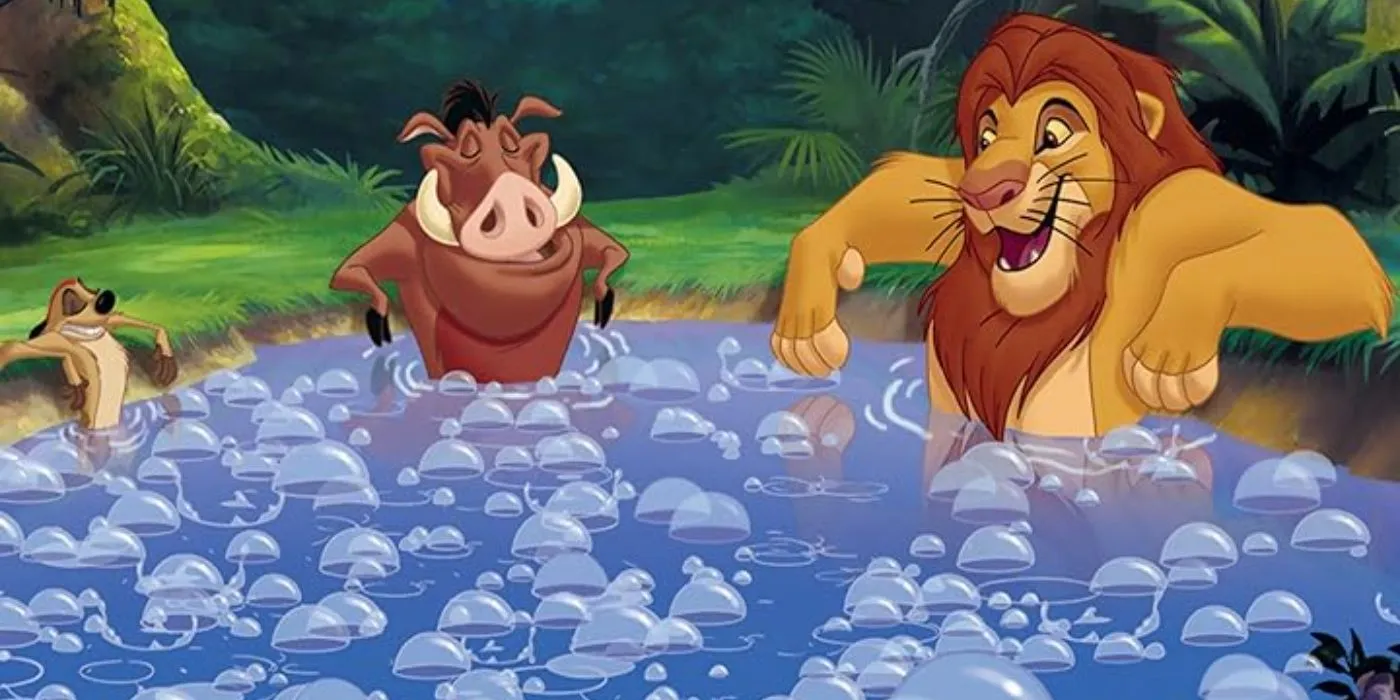
The Lion King dominated the box office upon its release in 1994, solidifying Disney’s legacy of innovative animation. However, the clouds surrounding its alleged similarities to Osamu Tezuka’s Kimba the White Lion continue to cast a shadow, leading to a now three-decade-long debate. Despite Tezuka’s passing in 1989, his passionate supporters maintain that Disney borrowed heavily from his work, igniting controversy that refuses to fade.
Kimba, which aired from 1965 to 1967, was Japan’s pioneering color-animated television series, based on Tezuka’s manga of the same name. In a bid for acknowledgment, artist Machiko Satonaka even penned an open letter to Disney, urging them to credit Tezuka’s influence (as reported by The Hollywood Reporter). However, the arguments positing significant parallels have faced substantial scrutiny; upon investigation, many were built on aspects of Kimba that either postdated The Lion King or were misrepresented within their original context.
While both characters face a black-haired usurper with a scar, love a childhood lioness, and commune with their deceased fathers whose faces appear in the sky, these traits tap into broader storytelling archetypes, distinguishing them from Kimba’s distinct narrative. Additionally, the similarity in names has been clarified as a translation coincidence; in Japan, Kimba is known as Leo, while “Simba”translates to “lion”in Swahili.
Kiros: A Comparison to Kimba
The Distinct Characters of Kiros and Kimba
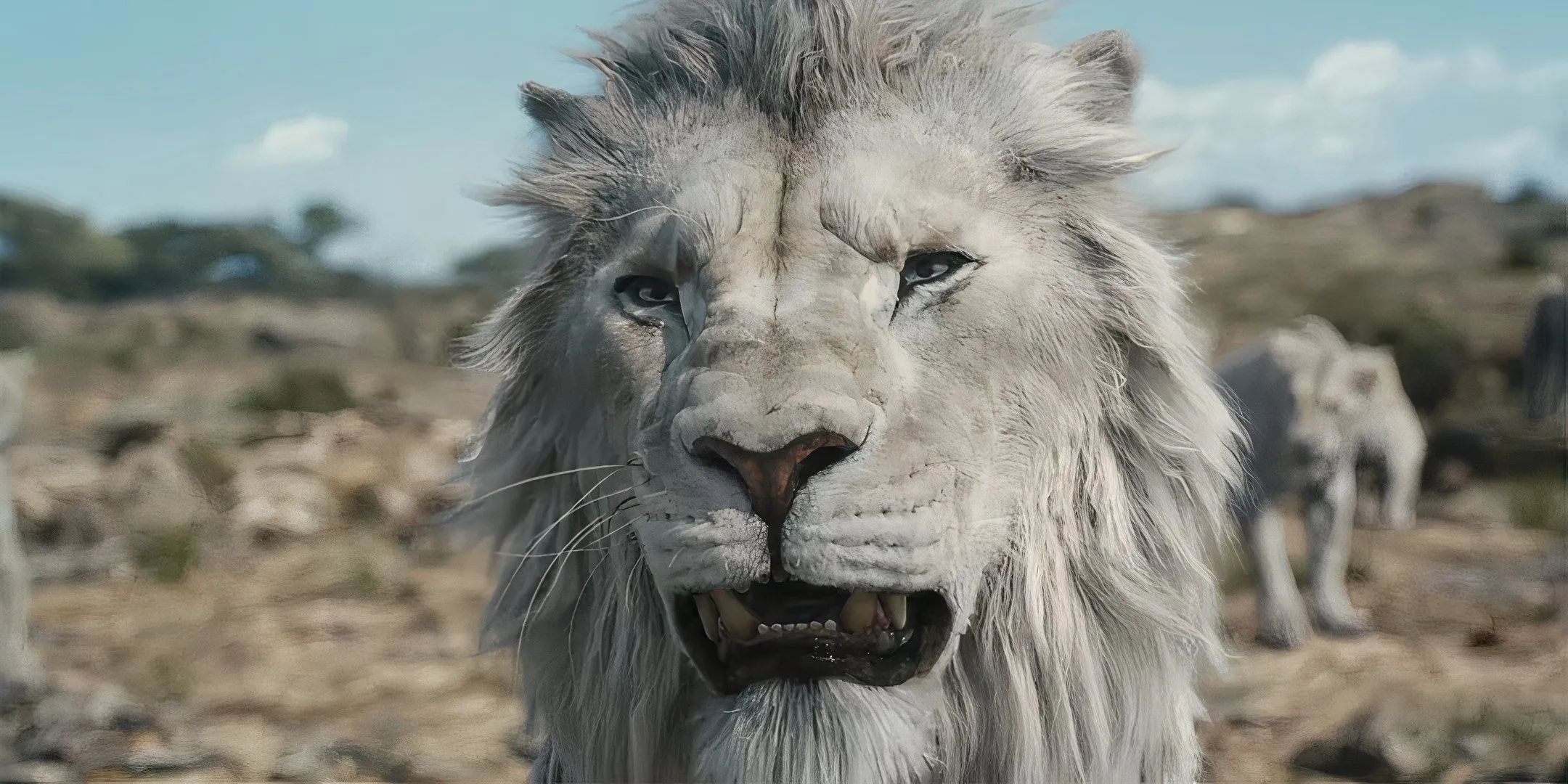
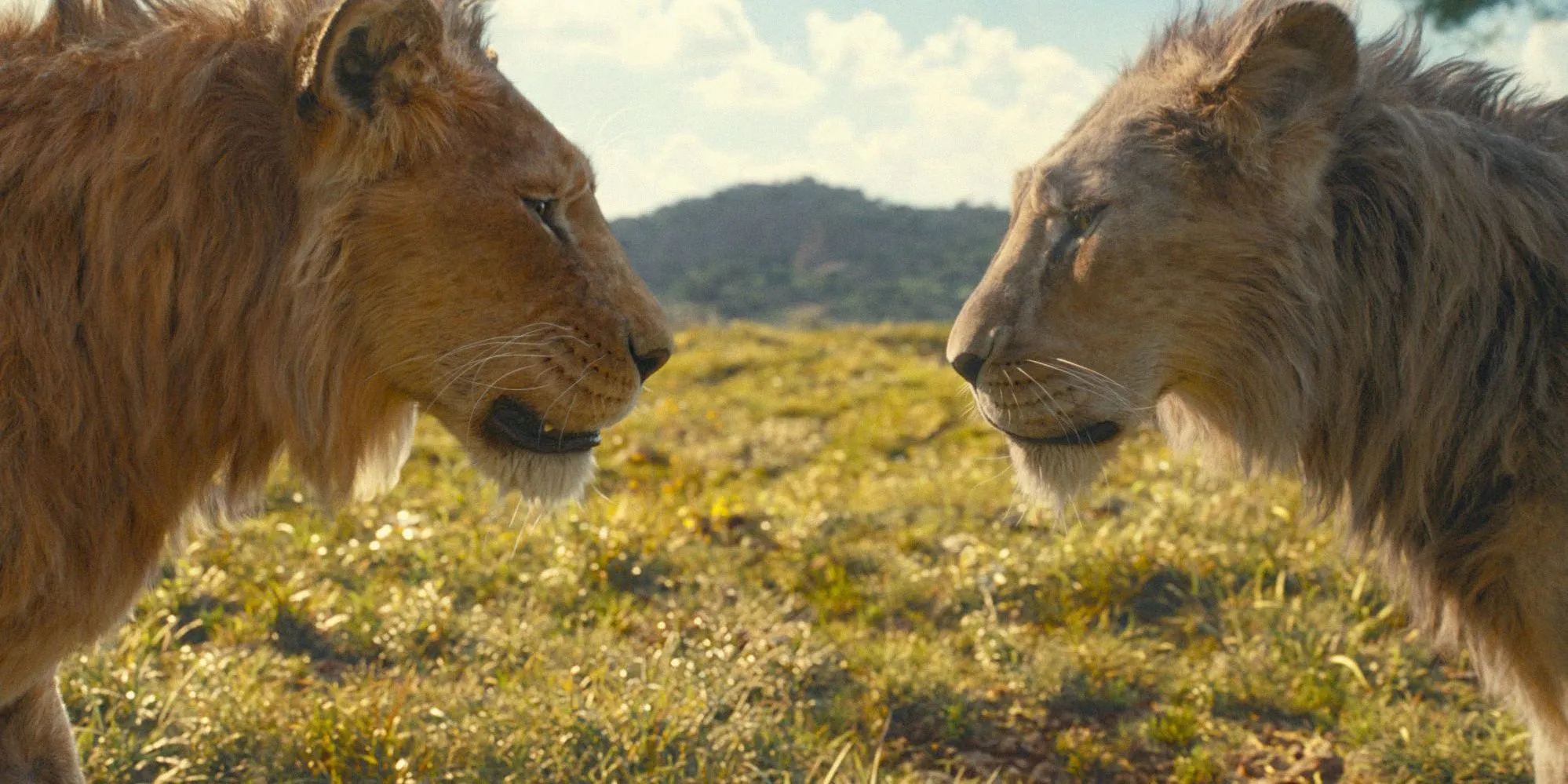
While Kiros and Kimba may both be depicted as white lions within popular narratives, their characterizations couldn’t be more different. Kimba is an emblem of heroism, characterized by compassion and friendship, while Kiros embodies a sinister, tyrannical nature. The backstory presented in Mufasa: The Lion King reveals that white lions, having been ostracized by their prides, form Kiros’s vengeful coalition against the traditional yellow-furred kings of the Pride Lands.
In contrast, Kimba’s narrative celebrates his unique identity, suggesting that his whiteness elevates him. While it’s possible that Disney’s animators drew minimal character design inspiration from Kimba, the connections to the prequel remain tenuous at best, suggesting that the long-standing controversy may soon be put to rest.
For further reading, refer to The Hollywood Reporter.




Leave a Reply